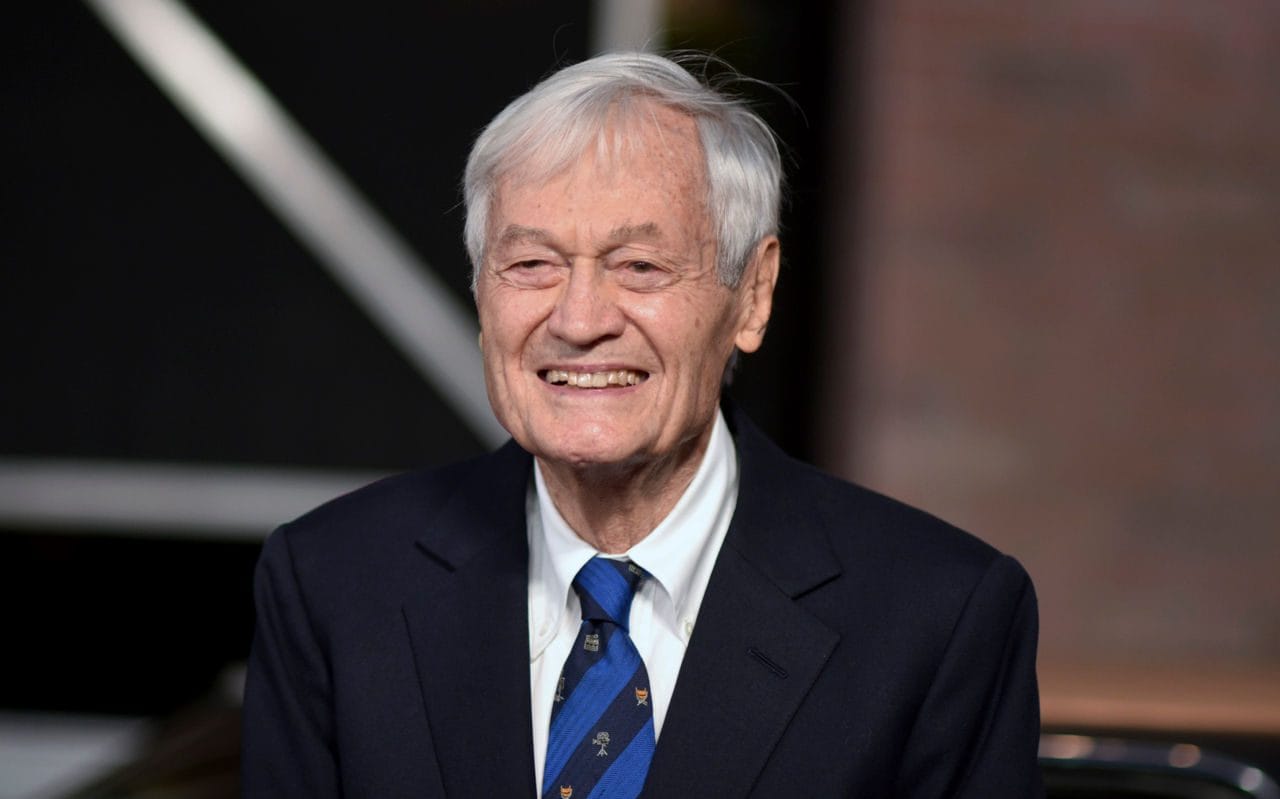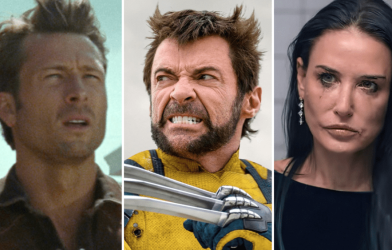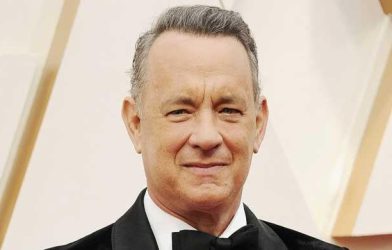The roots of Hollywood’s golden age in the 1970s can be found in Corman’s films. Jack Nicholson made his film debut as the title character in a 1958 Corman quickie, The Cry Baby Killer, and stayed with the company for biker, horror and action films, writing and producing some of them.
Other actors whose careers began in Corman movies included Robert De Niro, Bruce Dern and Ellen Burstyn. Peter Fonda’s appearance in The Wild Angels was a precursor to his own landmark biker movie Easy Rider, co-starring Nicholson and fellow Corman alumnus Dennis Hopper. Boxcar Bertha, starring Barbara Hershey and David Carradine, was an early film by Scorsese.
Corman’s directors were given minuscule budgets and often told to finish their films in as little as five days. When Howard, who would go on to win a best director Oscar for A Beautiful Mind, pleaded for an extra half day to reshoot a scene in 1977 for Grand Theft Auto, Corman told him, “Ron, you can come back if you want, but nobody else will be there.”
Initially only drive-ins and speciality theatres would book Corman films, but as teenagers began turning out, national chains gave in. Corman’s pictures were open for their time about sex and drugs, such as his 1967 release The Trip, an explicit story about LSD written by Nicholson and starring Fonda and Hopper.
Meanwhile, he discovered a lucrative sideline releasing prestige foreign films in the United States, among them Ingmar Bergman’s Cries and Whispers, Federico Fellini’s Amarcord and Volker Schlondorff’s The Tin Drum. The latter two won Oscars for best foreign language film.
Corman got his start as a messenger boy for Twentieth Century-Fox, eventually graduating to story analyst. After quitting the business briefly to study English literature for a term at Oxford, he returned to Hollywood and launched his career as a movie producer and director.
Despite his penny-pinching ways, Corman retained good relations with his directors, boasting that he never fired one because, “I wouldn’t want to inflict that humiliation.”
Some of his former underlings repaid his kindness years later. Coppola cast him in The Godfather, Part II, Jonathan Demme included him in The Silence of the Lambs and Philadelphia and Howard gave him a part in Apollo 13.
Most of Corman’s movies were quickly forgotten by all but die-hard fans. A rare exception was 1960’s Little Shop of Horrors, which starred a bloodthirsty plant that feasted on humans and featured Nicholson in a small but memorable role as a pain-loving dental patient. It inspired a long-lasting stage musical and a 1986 musical adaptation starring Steve Martin, Bill Murray and John Candy.
In 1963, Corman initiated a series of films based on the works of Edgar Allan Poe. The most notable was The Raven, which teamed Nicholson with veteran horror stars Boris Karloff, Peter Lorre and Basil Rathbone. Directed by Corman on a rare three-week schedule, the horror spoof won good reviews, a rarity for his films. Another Poe adaptation, House of Usher, was deemed worthy of preservation by the Library of Congress.
Near the end of his life, Karloff starred in another Corman-backed effort, the 1968 thriller Targets, which marked Peter Bogdanovich’s directorial debut.
Corman’s success prompted offers from major studios, and he directed The St. Valentine’s Day Massacre and Von Richthofen and Brown on normal budgets. Both were disappointments, however, and he blamed their failure on front-office interference.
Roger William Corman was born in Detroit and raised in Beverly Hills, but “not in the affluent section’’, he once said. He attended Stanford University, earning a degree in engineering, and arrived in Hollywood after three years in the US Navy.
After his stint at Oxford, he worked as a television stagehand and literary agent before finding his life’s work.
In 1964 he married Julie Halloran, a UCLA graduate who also became a producer. They had three children: Catherine, Roger and Brian.
He is survived by Julie, Catherine and Mary, his daughter said in the statement.









